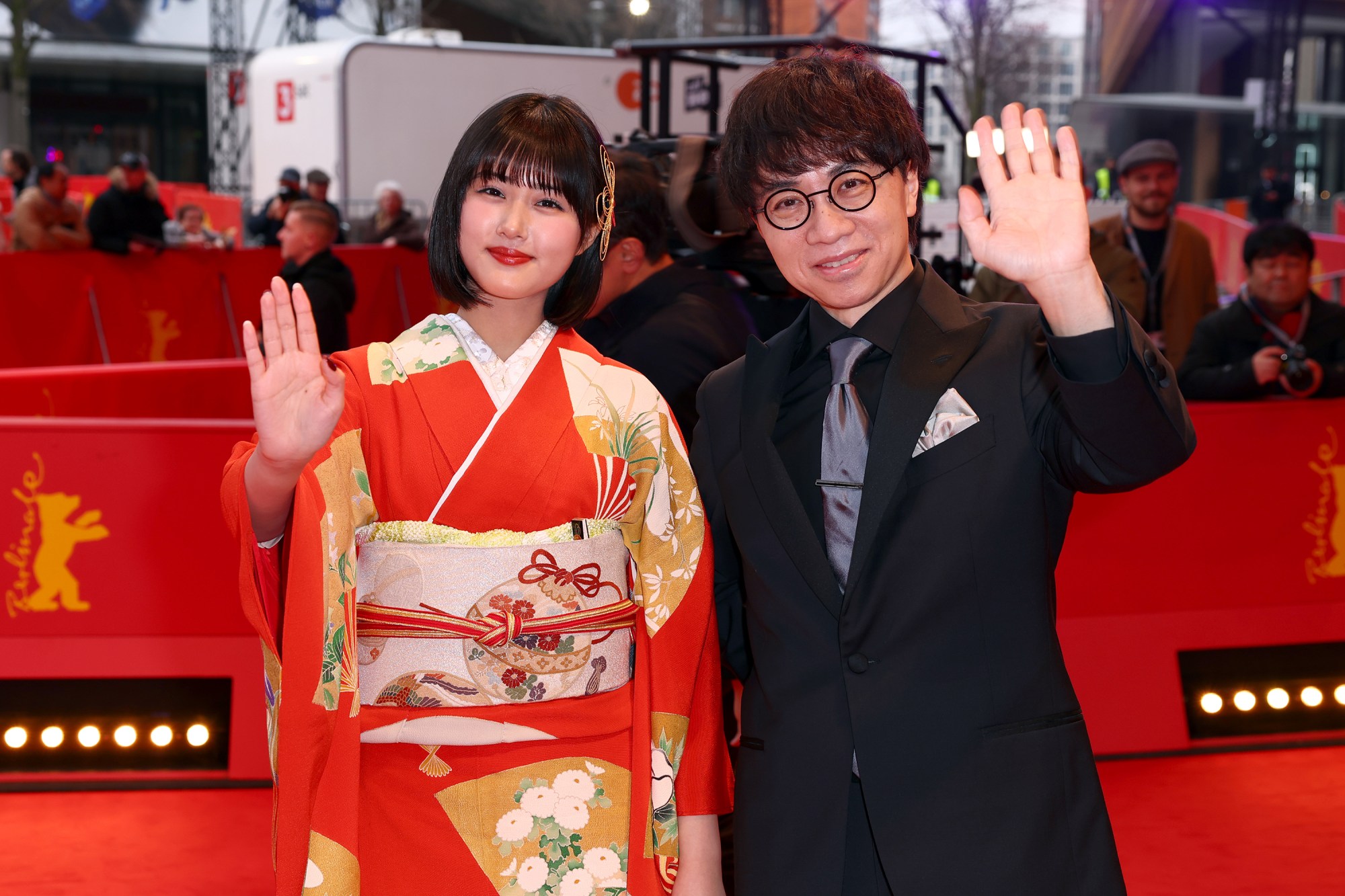
- Festivals
“Suzume” Explores Japanese Mythology
When the animated film Suzume was accepted in competition for the 73rd Berlin Film Festival, its creator Makoto Shinkai, took the unusual step of releasing a press release to thank all who made this possible.
“At its core, Suzume is based on the massive disaster that occurred in Japan twelve years ago. I’m eager to see how this film translates to international audiences: what makes sense, what doesn’t, and what common ground we have across cultures. The film’s imminent international release will hopefully give me the answer to those questions. And I cannot thank our team members enough for their unprecedented talent and perseverance throughout the film’s production. On behalf of the entire team, I would also like to give thanks to all the fans who have cheered us on, making Suzume possible.”
The honor was made even more relevant when it was disclosed this was the first Japanese animated film to be accepted into competition at Berlin since 2003, when Spirited Away, directed by the iconic Hayao Miyazaki, was presented and would go on to win Best Animated film at the 75th Academy Awards.
Shinkai, the 50-year-old animator, filmmaker, author, and manga artist, is humbled to stand on the shoulders of one of the world’s great animation masters and a personal hero to him.
“At the time he made Spirited Away Miyazaki was at the highest level of his craft. We are not sure we are at the same level with Suzume, but of course, we are trying,” he said during the official Berlinale press conference,
Suzume no Tojimari, as the film is called in Japan, is set in a small, peaceful town on the southern island of Kyushu where 17-year-old Suzume has lived with her aunt ever since she lost her mother as a little girl. One day on her way to school, she meets a mysterious young man named Souta who is in search of a door. She follows him into the mountains and finds a dilapidated old door standing alone among ruins. On an impulse, Suzume turns the handle, and at once sets free all the calamities the portal was meant to contain. All around Japan other doors open, threatening a population unaware of the looming danger. Together, Suzume and Souta set out on a journey to close them all again.
Written and directed by Shinkai, this self-described road trip takes audiences across the length and breadth of Japan, venturing outside metropolitan hubs to seek doors of disaster in the abandoned infrastructures of depopulated rural areas. It becomes apparent that in this frantic search, it is also a personal quest for maturity and freedom.
The disaster that is referenced in the film is of course the 2011 Tohoku earthquake and the resulting tsunami, which not only killed over 15,000 people but caused the meltdown of the Kufushima Daiichi Nuclear Power plant. In presenting Japan today, Shinkai had the daunting task of incorporating not only all the changes that overtaken his homeland, such as social media which prominently plays into the story, but also what affect has been left on the people themselves.
“What is today’s Japan? What are the locations I should show? These sort of desolate settlements and buildings, that’s what came to my mind,” he continues. “In other words, places where people can no longer live. Why do these places exist? Was it a natural disaster? Was it because the number of people living in Japan is going down? These are all part of it. And that was the sort of place I wanted to show.”
While the tragedy is ever present in the film, Skinkai also tips his hat to Japanese myths and spirits, which are quite prevalent throughout the story.
“This film delves into Japanese mythology. And there are many stories which inspire me,” he explains. He prominently notes that for his protagonist of Suzume, there is a character in Japanese mythology called Uzume, somebody who dances when the door to the sun closes. That’s when she dances so the sun doesn’t vanish behind this door. “This is a story which served as my inspiration, and I did put this into the film. So yes, Japanese mythology, as well as Greek mythology. The two have many similarities. The structure is very similar. And we love Greek mythology as well as Japanese mythology.”
But even amid all the symbolism and illustration, one element of the film, which not only elicits much humor and poignancy, seems to have touched audiences’ hearts: a child’s three-legged chair, which serves a purpose much greater than just a piece of furniture.
Shinkai laughs. “So, at the heart of the story is the disaster, the earthquake and tsunami, which happened 12 years ago. It’s a very sad story so we thought that we would need an adorable character which would accompany Suzume throughout her journey to lighten the mood. That’s why the chair is three-legged because it’s very funny the way it moves. And so, the story behind the missing leg is that the chair was swept away by the tsunami and there, it lost the one leg. It is also a metaphor for the missing piece of Suzume’s soul and yeah, that’s why we made this character with the three-legged chair.”

